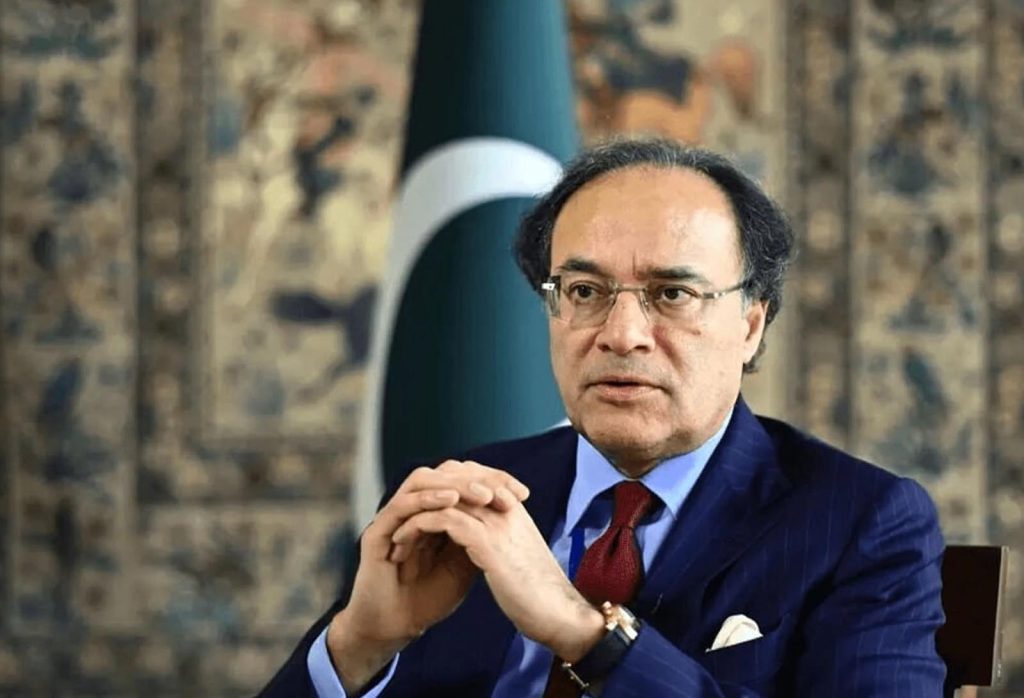Finance Minister Muhammad Aurangzeb has announced landmark tariff and tax reforms in Pakistan’s FY26 budget, targeting long-overdue economic restructuring. Speaking at a post-budget press conference, Aurangzeb revealed that tariffs on 4,000 items (out of 7,000) have been slashed to zero—the first major tariff revision in three decades. He stressed that these measures are crucial for stimulating exports and fostering sustainable economic development.
The budget introduces significant tax relief for salaried workers, reducing the minimum tax rate from 15% to 4% for individuals earning up to Rs2.2 million per year. Those making between Rs600,000 and Rs1.2 million will see their rate drop from 5% to 2.5%. Meanwhile, strict penalties for non-filers—including exclusion from the financial system—aim to widen the tax net and increase revenue collection.
Aurangzeb also addressed public sector salaries and pensions, advocating for inflation-linked adjustments to protect purchasing power. He emphasized the need for provincial collaboration to enhance agriculture and livestock policies, key sectors for Pakistan’s economic stability. The budget projects a 4.2% GDP growth rate, 7.5% inflation, and a fiscal deficit of 3.9%, alongside a 20% increase in defense spending (Rs2.55 trillion).
Despite initial tensions—journalists briefly walked out over the lack of a pre-budget briefing—the Rs17.57 trillion budget has drawn attention for its bold reforms. With a Rs14.1 trillion tax target (an 18% increase from last year), the government aims to improve the tax-to-GDP ratio to 10.1%. Analysts will watch closely to see if these measures can revive Pakistan’s struggling economy while balancing public welfare and fiscal discipline.


